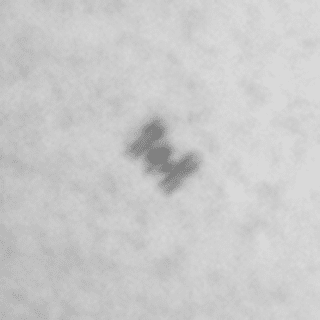Now keep in mind that none of this is in any way official. The astronomical community is not going to start calling this star "Patrick's Star."
In fact, these registries are a bit misleading. Sure, they create a record for the star name in their database, but it is not officially recognized by any authorities. And there is nothing stopping them or another registry from assigning the star a different name. The company listed above claims that all registered stars are visible to the naked eye. Unfortunately, there are only about 5,000 naked-eye stars, so this practice is not good for business unless each star is assigned to multiple individuals.
Which is OK, as far as I'm concerned, because there is a star in the sky that I will forever think of as Patrick's Star.
That star is officially known as Phi Draconis, 43 Draconis, HD 170000, HIP 89908, among others. It is located in the constellation Draco, which lies between Ursa Minor and Ursa Major. Phi Draconis is actually three separate stars that, at a distance of about 300 light years, appear as a single star to the naked eye.
One clear night recently, I went out and imaged Phi Draconis. The result is below:
 |
| Phi Draconis, aka "Patrick's Star" (center). |


